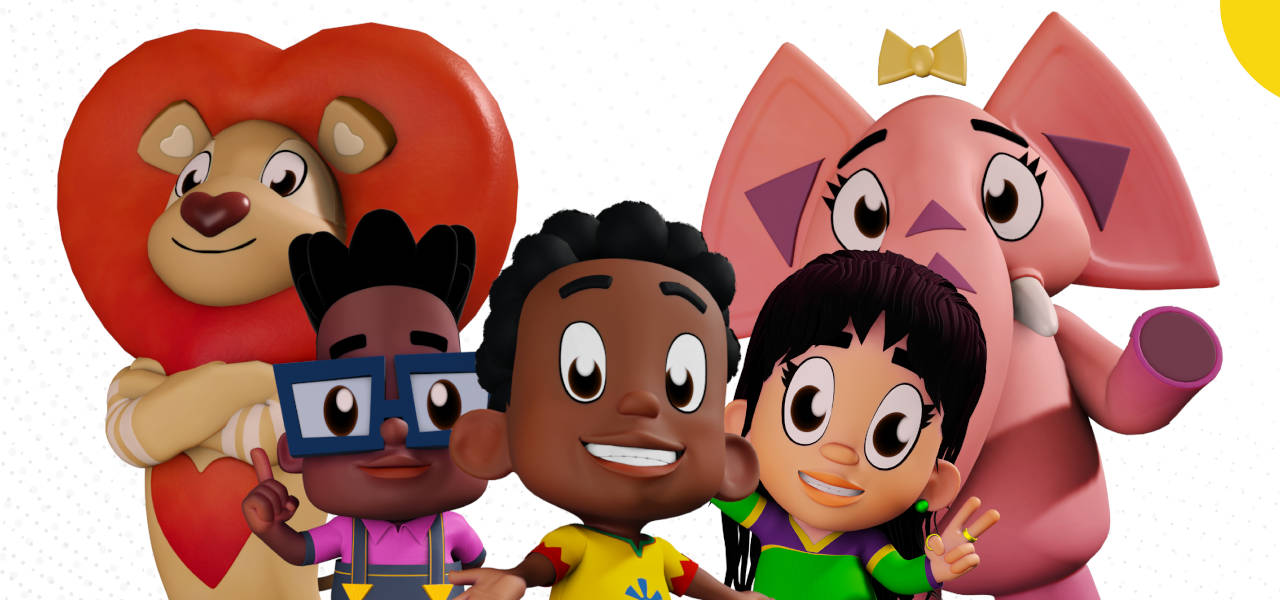
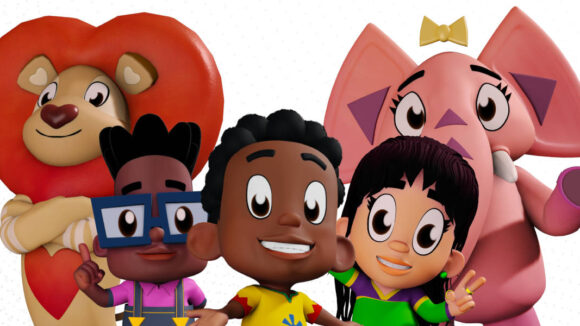
Uganda’s Creatures Animation Debuts Its First Series, ‘Kunda & Friends’
Uganda’s Creatures Animation Studio released the initial batch of episodes for its first animated series Kunda & Friends earlier this week.
The series represents a big step forward for a new company in the country’s nascent industry, but you’d never know it from speaking with Creatures co-founder Raymond Malinga, director of the cg short A Kalabanda Ate my Homework and a contributor to Disney+’s upcoming African anthology series Kizazi Moto: Generation Fire.
According to Malinga, the studio’s mantra is “The audacity to dream,” and his long-term plans for Creatures are nothing less than audacious. The mantra is aspirational, but also practical as almost everything the studio does is groundbreaking in some way. There isn’t a proven roadmap to building an animation studio in Uganda and most of the people who want to work in the industry are self-taught hobbyists. So, Malinga and his team are having to educate, train, adapt, and produce all at the same time.
The studio’s first series, Kunda & Friends, is a musical cg animated series for children set in an African landscape. It’s based on the kids and family IP Kunda Kids, which recently closed a $700k pre-seed funding round led by Zrosk Investment Management with participation from Voltron Capital, Argentil Capital, HoaQ, Kaleo Ventures, together with angel investors Abi Ajayi, Adetayo Bamiduro of MAX, and Benjamin Fernandes, CEO of Nala Money. The plan is to grow the brand, and a fundamental part of that strategy is an animated series. Other upcoming investments include further building out the Kunda Kids mobile app and working with creative talent from across the African diaspora.
In the show, which is anchored on friendship and imparts prosocial life lessons, Kunda, a four-year-old boy of mixed African heritage, takes viewers on his adventures exploring the world around him with his friends Sana, a girl of mixed African and Indian heritage; Fela, a boy from Nigeria; and their animal friends Leo the lion and Ella the elephant.
Kunda & Friends is heavily driven by its music and features a soundtrack that takes inspiration from African culture, with influences from genres like Afrobeat and Amapiano made popular by artists such as Ladysmith Black Mambazo and, more recently, singers like Burna Boy and Wizkid.
We recently spoke with Malinga about setting up his own studio in Uganda, working with the Kunda IP, and his lofty ambitions for Creatures Animation Studio.
Cartoon Brew: Can you tell me a bit about your studio and what you’re hopes are for the future of Creatures Animation and the Kunda & Friends series?
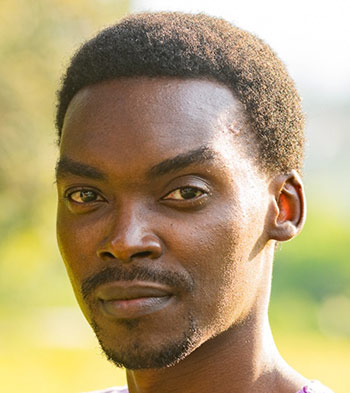
Raymond Malinga: My studio is comprised of 13 people, including me. As you can imagine, doing a production like this in my country, where animation is not necessarily appreciated or people are still learning to understand and appreciate it, it’s quite a task. So, we took this on because we’re daring to do it, you know? And we believe in the future of animation. With Kunda, we’re trying to do a few things. One is to prove not only to the world but also to ourselves that we can do this. That has meant a big transition for my team. In the past, the only things we produced were one-minute explainer videos for NGOs each month. So, we had to figure out how to get that up to two or three episodes every single month.
One key is that we do not expect to be only 13 people forever. We’re going to continue scaling up because we are proving that our model works. We are proving that we can do this from here and the quality of the episodes is improving as we go on. And we’re getting faster.
Aside from scaling up, what else are you doing to improve productivity at the studio?
Right now, we’re trying to get our systems in place. What was great about working on Kizazi Motowas that it allowed me to see what’s expected in a high-quality, high-stress environment. So, immediately after finishing Kizazi Moto, I came back to my studio and said, “Guys, we need to fix some things.” For instance, we used to use Clickup, but we switched to Shotgrid. We improved our file management system and got everyone uploading backups and backing up their backups. We got clearer with scheduling shots, commenting, reviewing… all of that happened while we’ve been working on Kunda. And that’s the nature of this production. The team I was working with isn’t the same team I’m working with now, and it will be even bigger and more knowledgeable in December.
The idea with the team is to improve everything we can that’s within our power. Of course, there are money problems, equipment problems, and things like that are somewhat out of our control at the moment. But we can be more efficient. Everyone on my team wears more than one hat. It’s a necessity. Most of the people working with me graduated from a local school here, and I taught them at the school. Others only had experience making 30-second ads for phone companies or a soda or something. They didn’t have experience working on a high-stress production. And some are just self-taught fans that I’m training on the job.
Can you talk a bit about the series’ visual development, and how you adapted the original books to this new format?
We’re actually not adapting those books; we’re adapting the music. They had put some music online for some simple explainer videos, and we used that music to build our world. So, we would listen to the song and create a visual script around that. This is very much a music-led series. That said, as we make more episodes, the show and the world we created are starting to influence the songs.
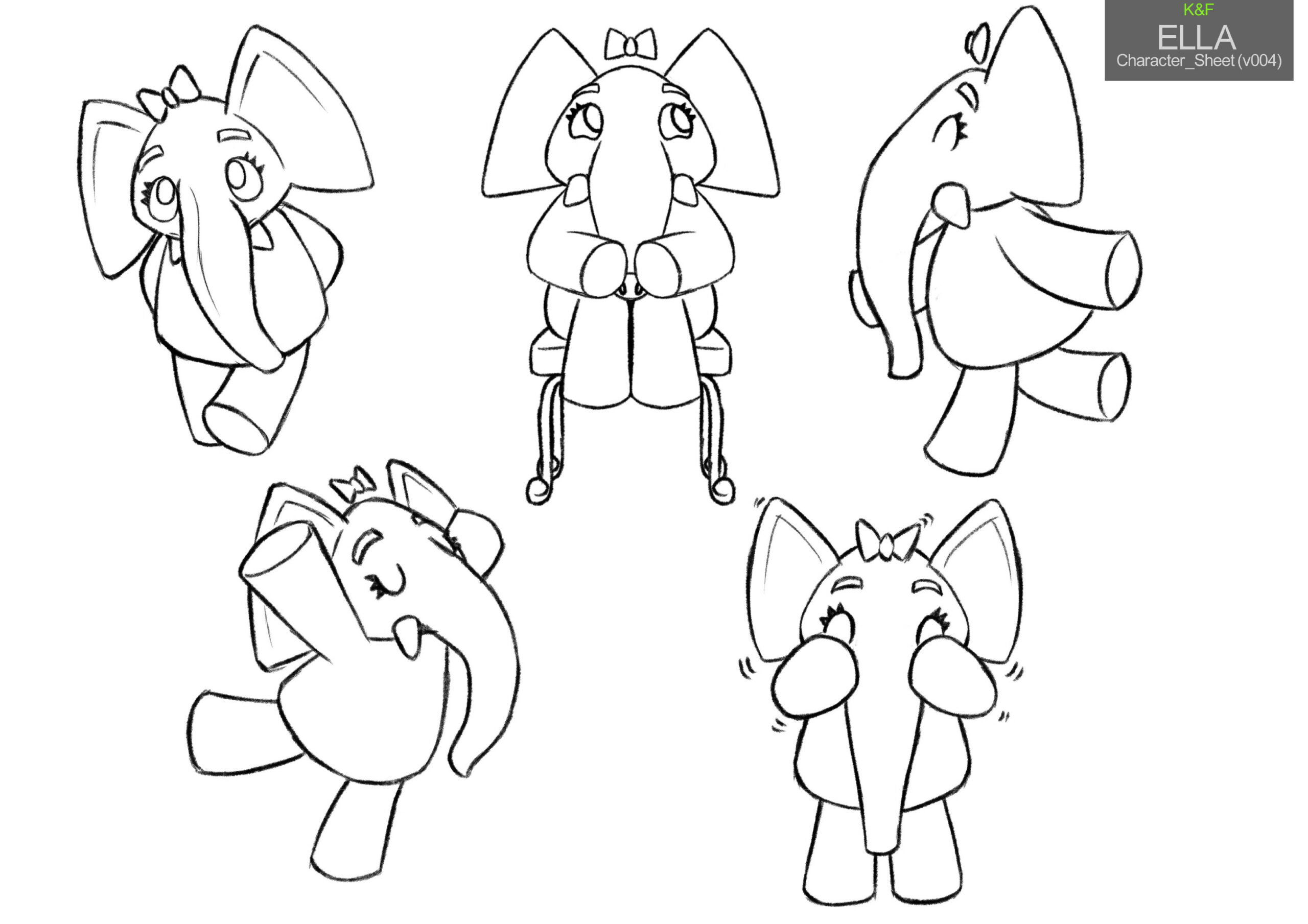
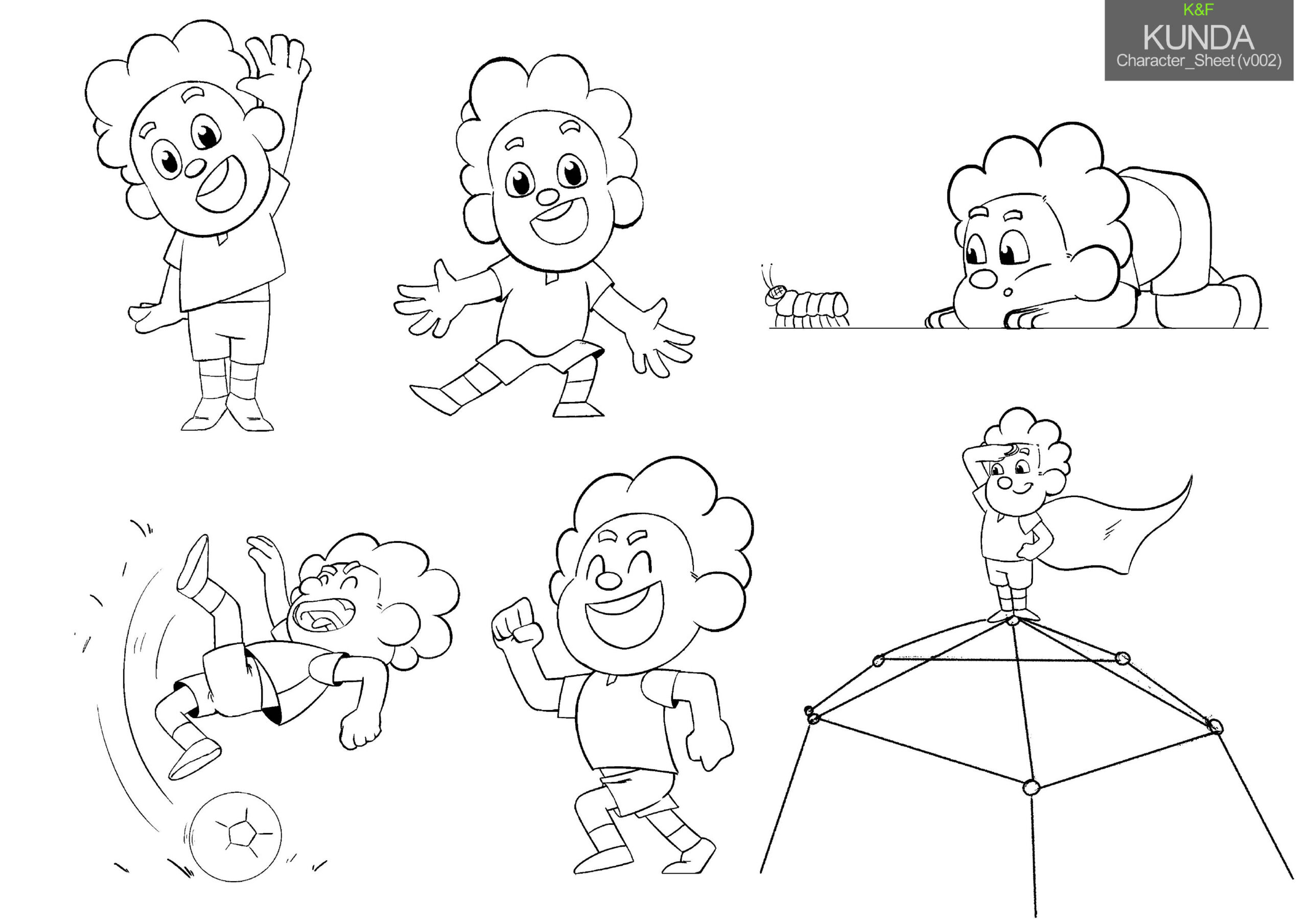
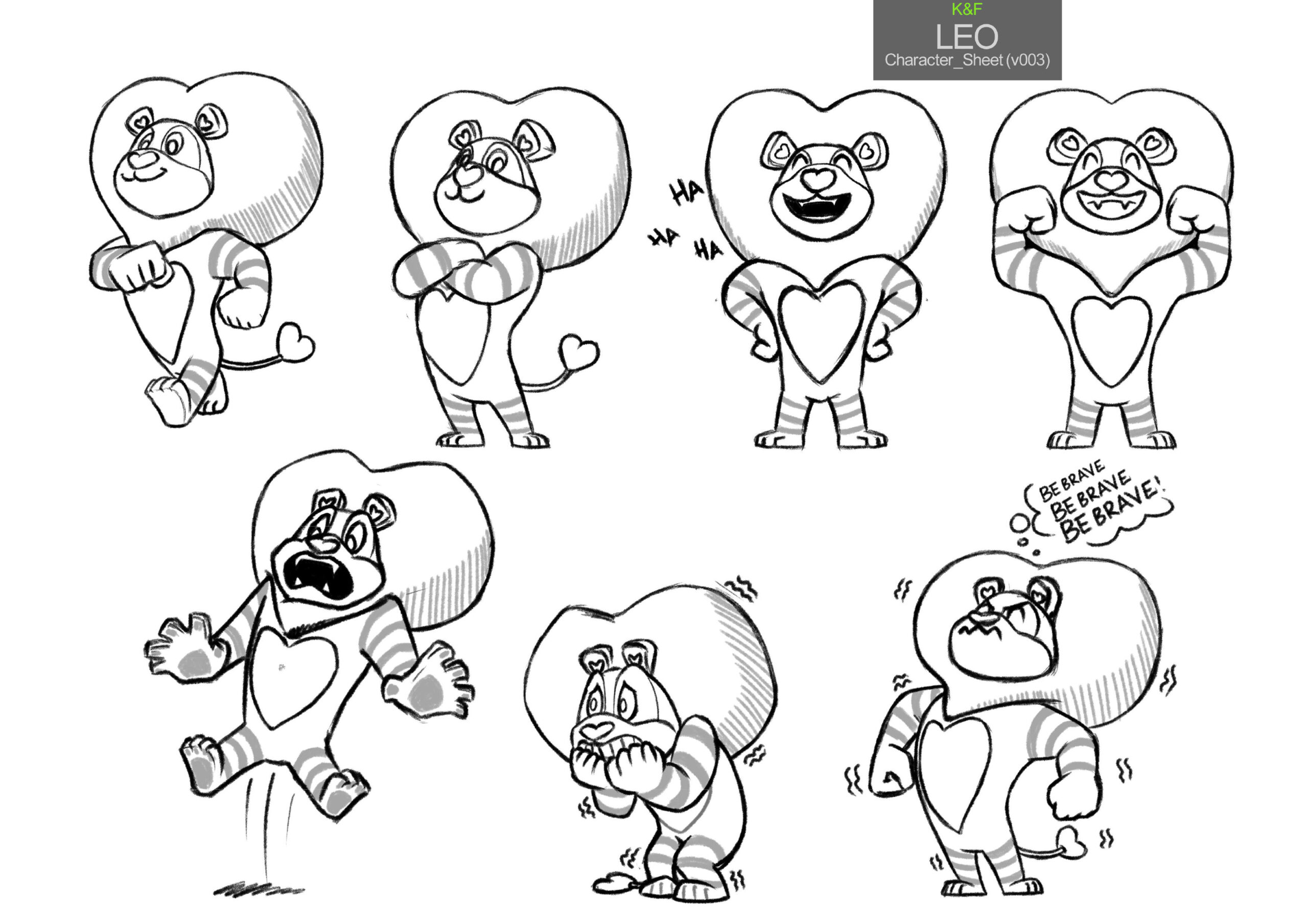
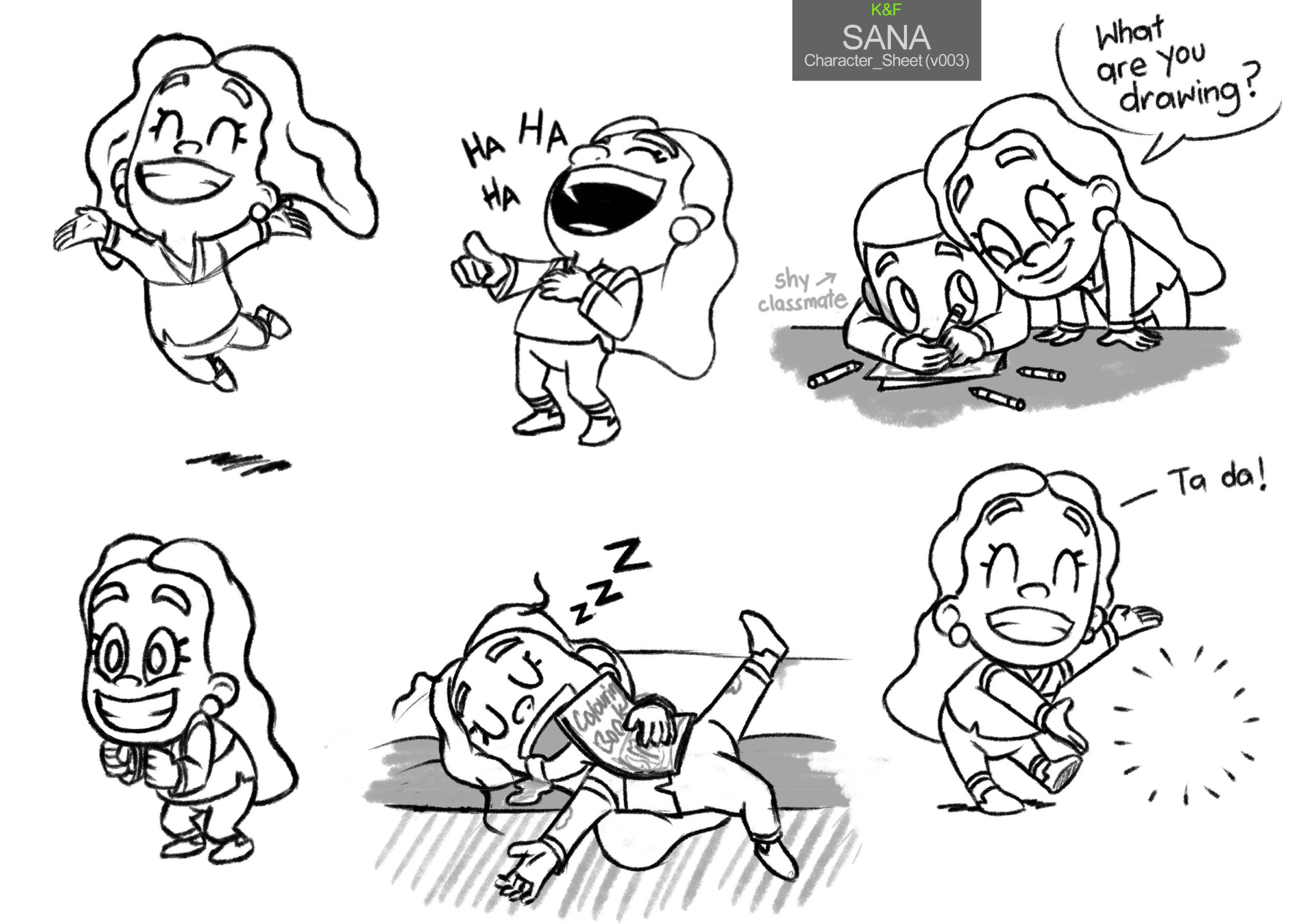
Can you talk a bit more about developing the world that your team created?
It’s still a small world now, with just a few locations, but we want it to grow. So really, our visual development was from the ground up. And we were always thinking about creating something that could live beyond the screen in terms of toys, merchandising, live events, and all this stuff. So the show has its own aesthetic. We tried to stick to simple shapes with a bit of a 2d feel, although it’s clearly a 3d show. That was actually a rigging nightmare for some of my teammates, but I told them, “It doesn’t matter, your rigs will improve with time.” And they have. With each episode, the show looks better and better.
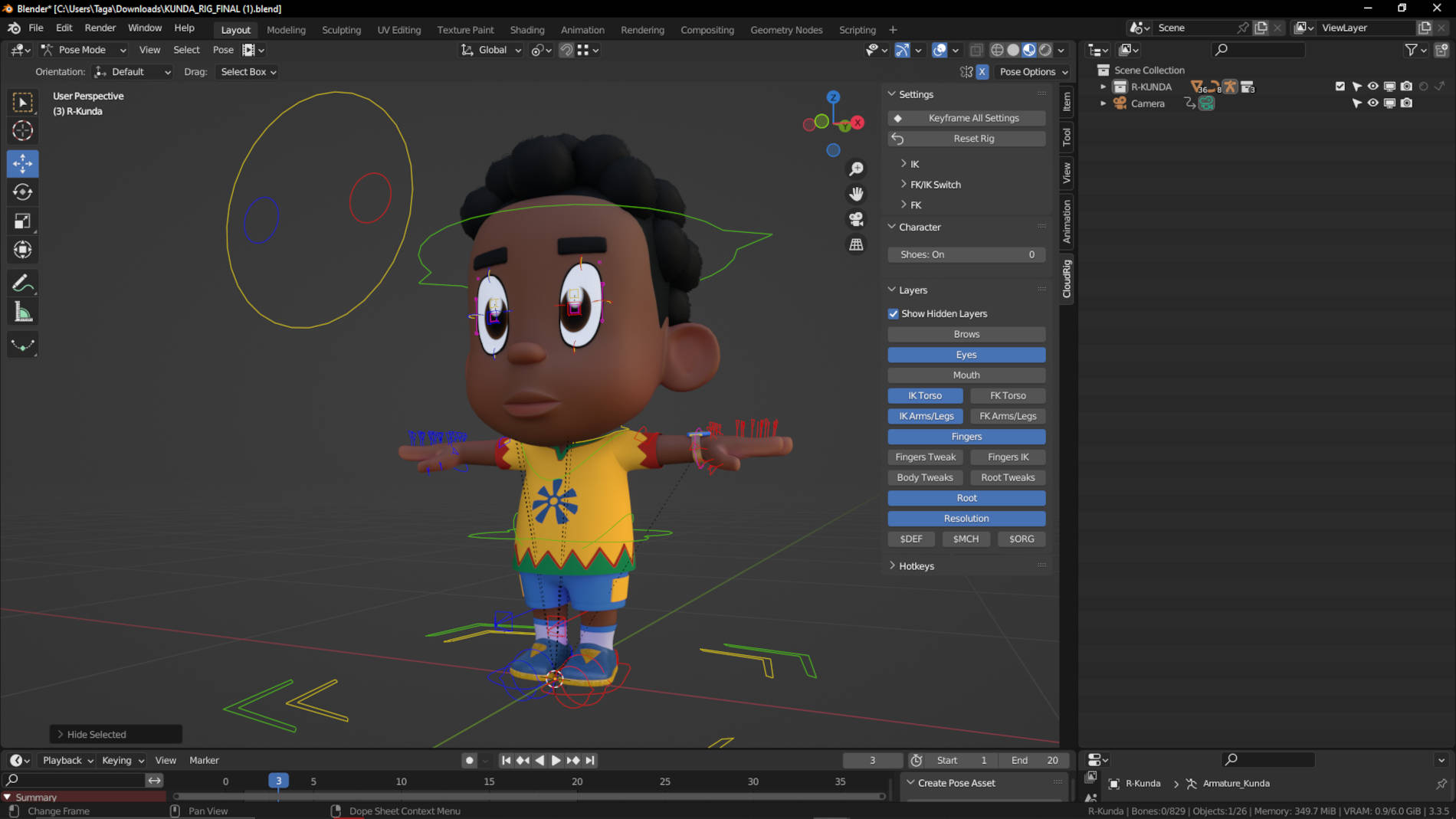
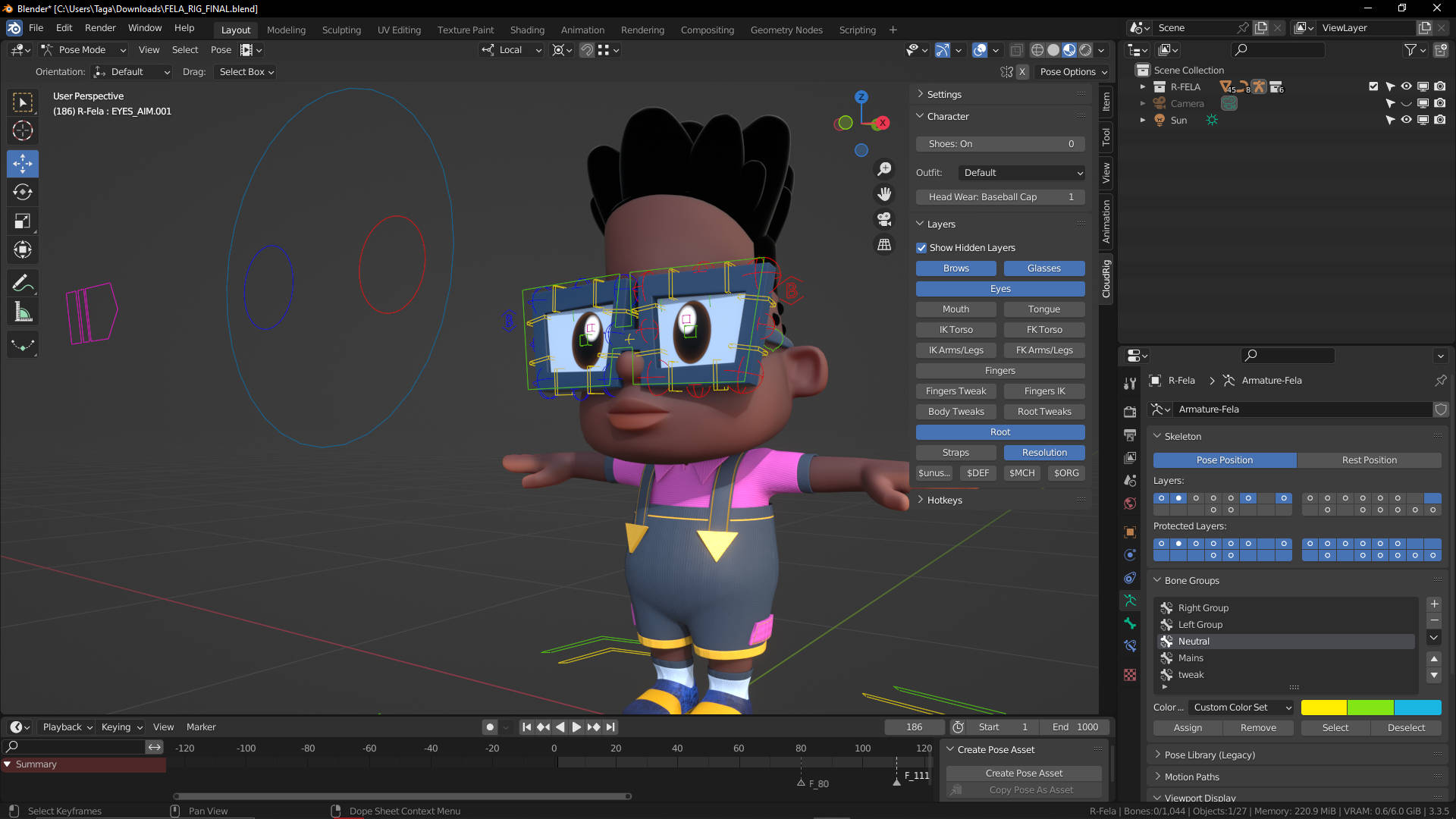
What’s your plan for the studio going forward?
The plan is to make new Kunda episodes regularly and grow the team. Once we’ve gotten bigger, we will expand into other IPs and original stuff that we want to do for ourselves. There is a lot of interest here, but first, we have to change the mentality. I need to make my team believe that we can do whatever we want, and I think it’s happening. I believe that the team I have now is capable of training the next group and that if we follow that model, we can grow exponentially as long as there is an opportunity for more work.
